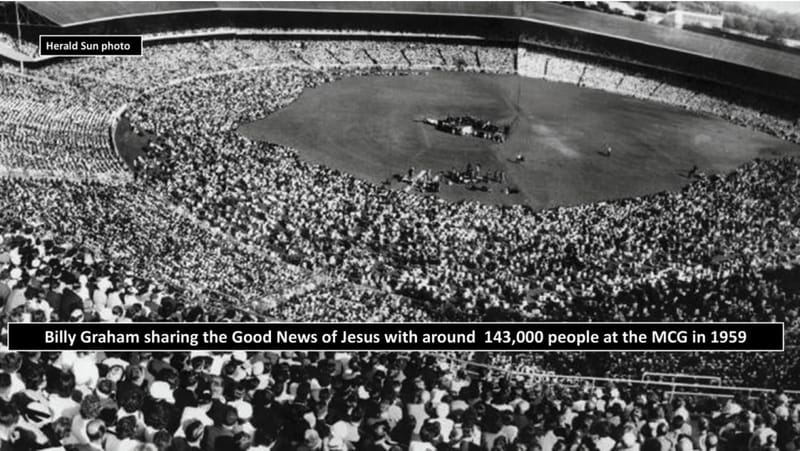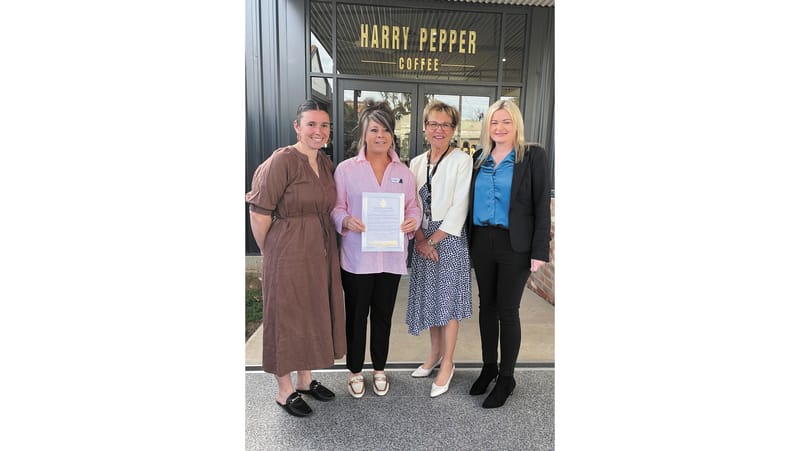Crucial Solutions to the Mismanagement of Water
By Neil Eagle – 1 February 2021 Let us focus on the crucial solutions to rectifying the shocking mismanagement of our country’s water resources. I applaud and agree with the concerns expressed by an ever-increasing number of representative...
By Neil Eagle – 1 February 2021
Let us focus on the crucial solutions to rectifying the shocking mismanagement of our country’s water resources. I applaud and agree with the concerns expressed by an ever-increasing number of representative bodies and individual citizens in our southern-connected Basin regarding the misguided and unnecessary devastation inflicted on our irrigation farmers and reliant industries and communities, and ironically also on our environment in attempting to save that which didn’t need saving. This was exposed in the 2004 House of Representatives Report into The Living Murray.
However, to turn this around, the political decision makers, both Federal and State, must be confronted with the indisputable fact that the 2007 Water Act and resultant Basin Plan is based on a fraud. This fraud was exposed by the late Prof John Briscoe (world leader in water policy and management) and more recently by Prof Peter Gell (peer reviewed and supported by the CSIRO).
All political parties are equally guilty of promoting this fraud and must be induced to acknowledge the error and set about to rectify this shemozzle in the national interest.
There are a number of actions that can take place prior to the absolute necessity, as outlined by Prof Briscoe, of the 2007 Water Act being re-drafted if Australia is to regain its standing as the world leader in arid zone water management. The re-drafting of the Water Act must clearly establish the triple bottom line principle. It must be oversighted by people who understand the issues. (Examples being Peter Millington, Don Blackmore, Mike Taylor and Pat Byrne.)
The immediate actions are:
Affirming the Estuarine Status of the Lower Lakes utilising Prof Peter Gell’s 2007 and 2020 reports and proposing Ken Jury’s ‘There is a Better Way’ as the way forward. Highlighting the benefits accruing to South Australia:
Adelaide, the safest city for water in Australia
South Australian irrigation industry totally secure
Lower Lakes never again going dry with sulphate acid soil problems
Return of the mulloway fishing industry in the Lakes.
Utilising the remaining Basin Plan funds to build Lock Zero, automate the barrages and address works in the Coorong as per Ken Jury’s ‘There is a Better Way’.
Running the River and Conveyance Losses. Should rightly be borne by the beneficiary, i.e., CHEW, not by the upper states’ irrigators prior to allocation assessment.
The original intent of assuring Menindee replenishment prior to licenced Flood Plain Harvesting in Northern Rivers, needs proper and wide consultation with all concerned to achieve a balanced and fair outcome. Already some progress on this issue thanks to SRI and others.
As per previously assured by COAG and NWI, a public register of water entitlements must happen, and overseas ownership revealed.
Re water traders: They must be brought back to the original intent – to facilitate trades but NOT to be speculators manipulating the market for their own benefit.
Carryover of water should revert to the original intent – to be merely a very valuable insurance policy mechanism. That is, when Hume pre-releases or spills, carryover is progressively lost to allocation.
Until that change is instituted, CEWH should NOT be allowed to carryover.
The parking of water to carry over in other licences should be illegal.
South Australian dilution flow of 300,000ML should only be provided if ever the salinity at Morgan reaches 800EC. Currently, and for over 30 years, EC levels have been half to a quarter of that figure.
The annual assessment of water availability should be explained at an open water forum with all interested parties able to be represented, be fully briefed and able to question the data and reasoning.
The Snowy Resource should also be transparent, and the rules of operation and water delivery and timing be open for discussion. There is obvious conflict between Sir William Hudson’s original aim of water for inland as against now maximising value from power generation.
Following the re-drafting of the 2007 Water Act, the following matters need addressing:
The CAP on extractions, locking in the SDLs must be reverted to the original intent of a temporary CAP whilst assessing river health needs. Deal with the needs and then remove the CAP.
The environment’s needs must be assessed as per the River Board’s Plan, and after wide consultation with those affected, of:
identifying any areas of concern
putting in place the most cost-effective remedial measures
putting in place a monitoring process to gauge the results.
All Commonwealth Environmental Water Holder’s utilisation of water must be assessed on the same basis (as per 4. Above).
Barmah/Millewa Watering Plan must revert to the original plan which was unanimously agreed to by the diverse Barmah/Millewa Watering Group AND there be no carryover provision.
The change to the states’ share, pre-Dartmouth Dam, of SA 3/13, NSW 5/13, VIC 5/13 to post-Dartmouth of supposed equal shares. This should be reviewed as, in low inflow years, the states are never equal.
The part of SA share of High Priority (i.e., Water for Adelaide, towns, industry, horticulture) should be secure as for the upper states. However, their other needs should suffer restrictions like the upper states in low inflow years. Also, post Lock Zero being built, the Lower Lakes’ needs will be greatly reduced. Hence, a change will be needed.
Menindee Lakes should NOT be reduced in capacity through the SDL recovery process de-commissioning parts.
The deviation from our forefathers’ concept of water being made available for production of a wide variety of irrigated goods. Not the recent idea of water going to high value crops with unbridled trade. As any high value crop can, like with the distortion by MIS schemes, quickly become a low value crop. In the meantime, whole industries, associated businesses, towns, capital outlays and jobs are put at risk. I fear for the future viability of large schemes (i.e., MIL, Goulburn Murray and even the small joint schemes) unless something is done to re-balance the water industry.
As the economist Terry McCrann states – with interest rates at 1% and governments able to borrow at that rate locked in for 30 years – why are we not building new dams that would pay for themselves in a short number of years (e.g. Clarence Diversion, Murray Gates, Bradfield Scheme, Vic Goulburn proposal)? This is a once in a lifetime opportunity to develop inland Australia which is currently being ignored.
Australia is in desperate need of politicians who will not bow to fake science and popularism for political and monetary gain. They need to stand up for true science and base their decisions on getting results that are in the best interest of Australia and its citizens.






